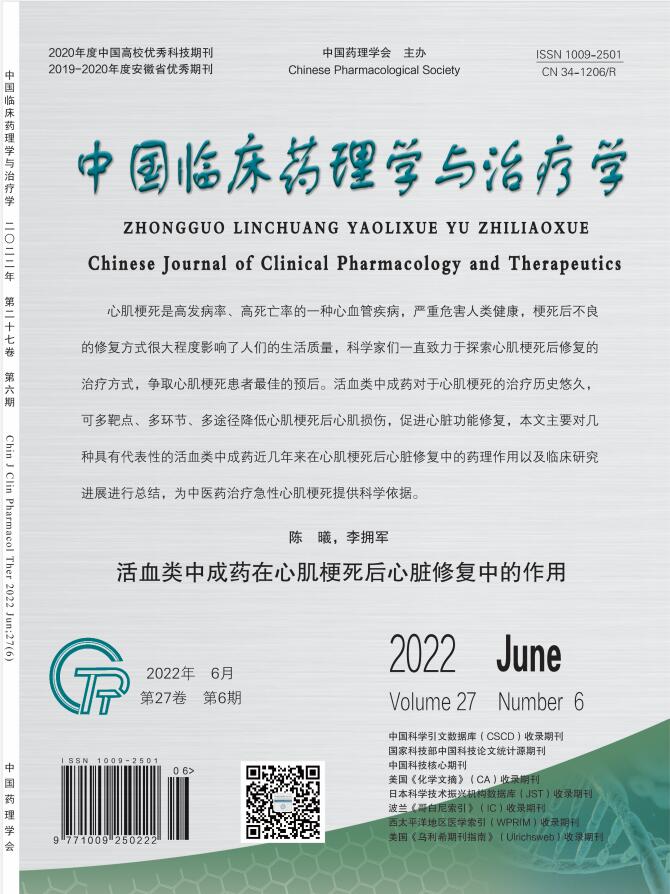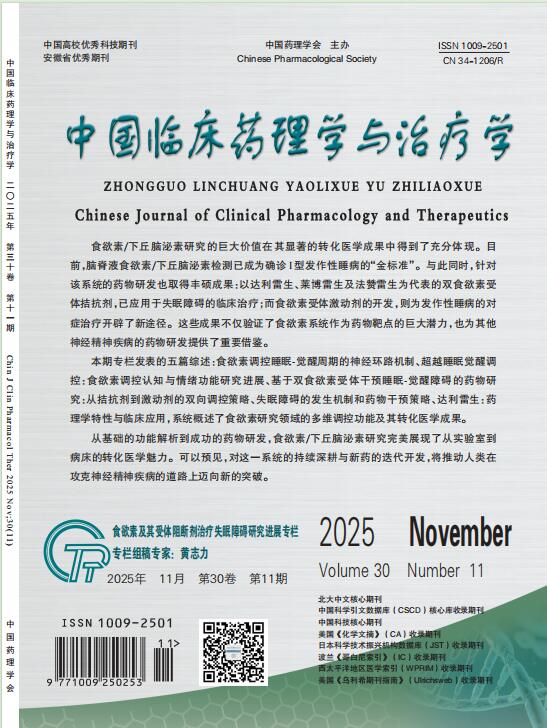Retrospectively analysis of the effect of low-dose aspirin on primary prevention of non-fatal myocardial infarction and cerebral infarction in patients with type 2 diabetes mellitus
ZENG Xiaofan, XU Yiqi, LIU Shu, WU Qian, LI Zibao, HE Junjun, JIN Yuelong, ZHAO Yongli, HE Chunling, GAO Jialin
2022, 27(6):
665-671.
doi:10.12092/j.issn.1009-2501.2022.06.010
 Asbtract
(
472 )
Asbtract
(
472 )
 PDF (420KB)
(
535
)
Related Articles |
Metrics
PDF (420KB)
(
535
)
Related Articles |
Metrics
AIM: To investigate the effect of low-dose aspirin on primary prevention of non-fatal myocardial and cerebral infarction in patients with type 2 diabetes mellitus. METHODS: From January 2015 to December 2016,40-90 years old patients with type 2 diabetes were treated in the Department of Endocrinology of Yijishan Hospital of Wannan Medical College for more than 2 times (the interval of hospitalization was more than 3 months) , we use the hospital's his system to search out-patient and in-patient files, patients were divided into aspirin group and non-aspirin group according to the use of low-dose aspirin within 1 year after the first visit, the basic data of the first visit were collected: name, sex, age, course of diabetes, systolic and diastolic blood pressure, patients were recorded for laboratory markers including fasting blood glucose, glycated hemoglobin, triglyceride, total cholesterol, Low-density lipoprotein, high-density lipoprotein, creatinine, and platelets, complications such as hypertension, coronary heart disease, atrial fibrillation, hyperlipidemia, diabetic nephropathy and arteriosclerosis were recorded. A Chi square test and a Cox proportional hazard model were used to compare baseline data and cerebrovascular disease after the first use of aspirin. RESULTS: Of the 4 176 patients, 2 137 were type 2 diabetes, 417 were eligible for admission, including 198 males, 219 females, 224 aspirin users and 193 non-users. There was no significant difference in the incidence of cerebral infarction between the aspirin group and the non-aspirin group (χ2=0.820, P=0.365). The incidence of non-fatal myocardial infarction was lower than that of the aspirin non-aspirin group (χ2=10.099, P=0.01) , the incidence of massive hemorrhage was significantly higher than that of aspirin-free group χ2=5.425, P=0.020) . In a subgroup analysis of aspirin use, patients younger than 60 years of age had a lower incidence of ischemic stroke (cerebral infarction) and a risk ratio of 0.428 (95%CI: 0.255-0.719, P=0.001) compared with patients older than 60 years of age, the incidence of cerebral infarction was higher in female patients with a risk ratio of 1.574 (95%CI: 1.018-2.434, P=0.041). CONCLUSION: In this study of patients with type 2 diabetes, low-dose aspirin reduced the incidence of nonfatal myocardial infarction but had no significant effect on the incidence of nonfatal ischemic stroke, and significantly increase the incidence of major bleeding events, we should reconsider the use of low-dose aspirin as a potential benefit of nonfatal cerebral infarction in patients with type 2 diabetes.


